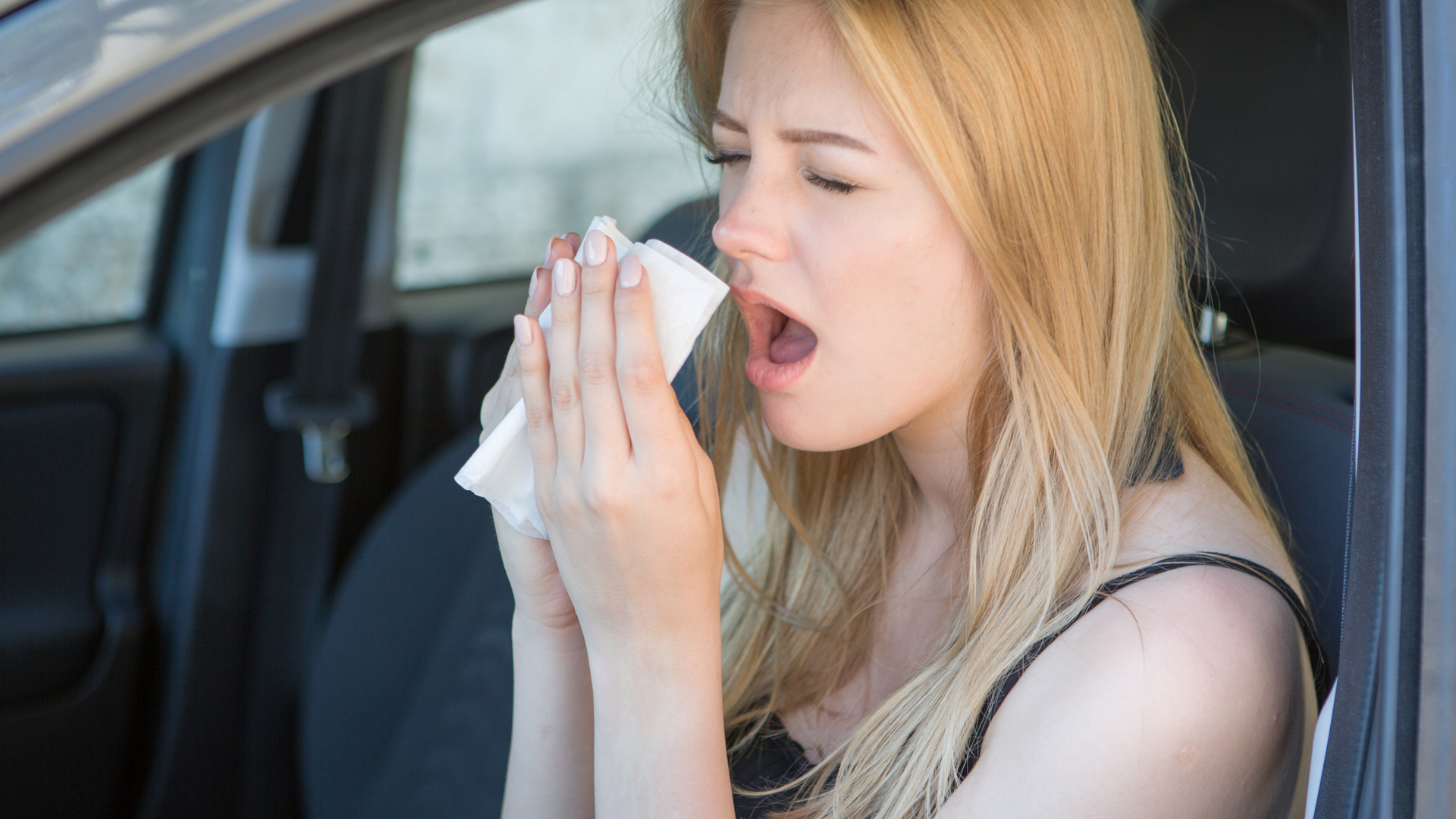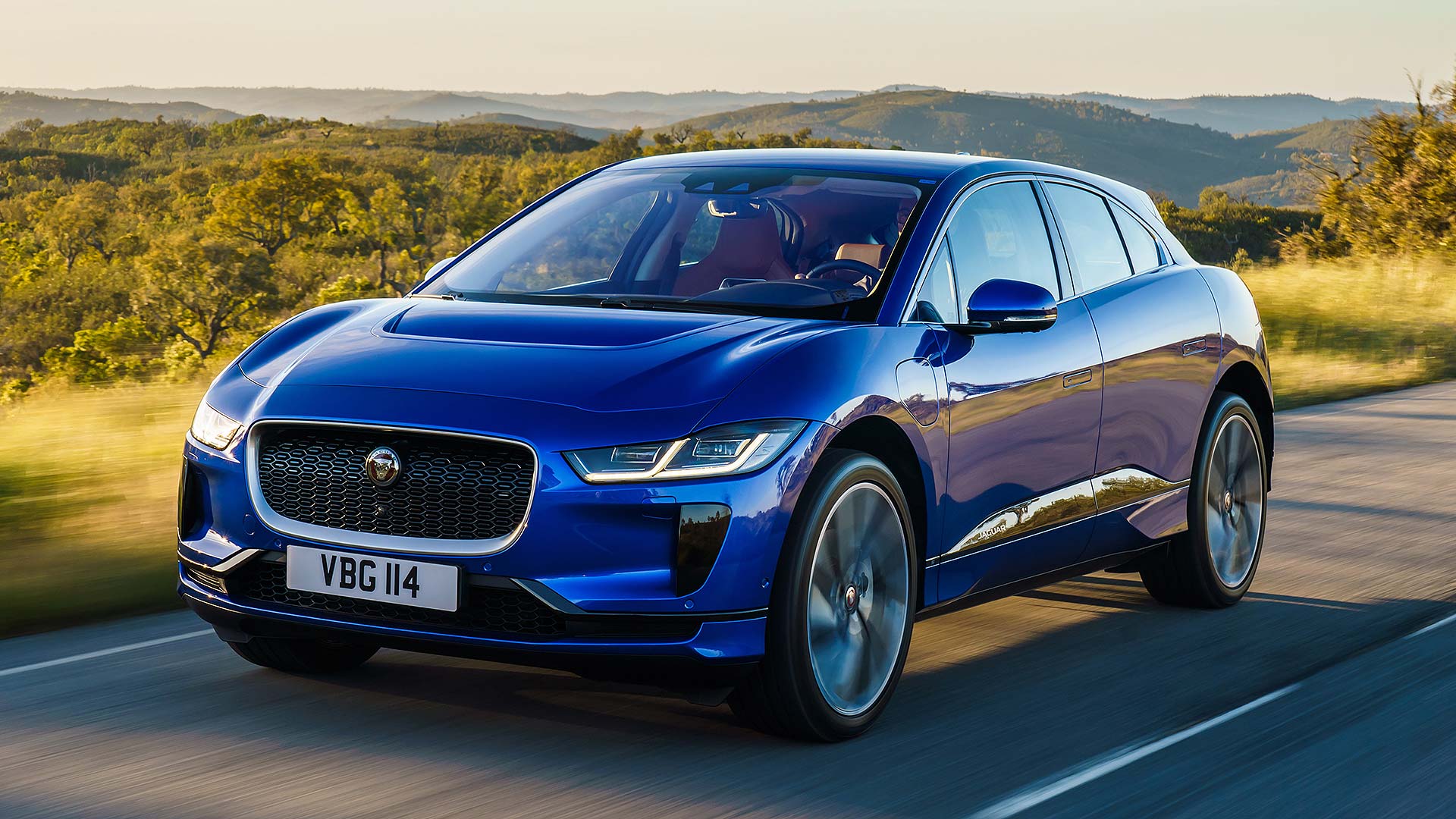
Future Jaguar Land Rover (JLR) models could stop the spread of colds and flu thanks to the use of ultraviolet light technology (UV-C).
UV-C is used within the medical industry for disinfecting water, filtering air and sterilising surfaces via wavelengths of light between 200-280 nanometers. Now, JLR believes that UV-C could be used within its air conditioning systems to stop bacteria and harmful viruses in their tracks.
Put simply, exposing the bugs to UV-C within the air-con breaks down the molecular structure of their DNA, neutralising them. Clean air is then released into the cabin.
According to JLR, the technology could even help in the fight against drug-resistant superbugs.
Dr Steve Iley, Jaguar Land Rover chief medical officer, said: “The average motorist spends as much as 300 hours per year behind the wheel. There is a clear opportunity to better utilise cars for administering preventative healthcare.”
“The implementation of individual wellbeing measures as part of our ‘tranquil sanctuary’ research promises to not only improve quality of life for our customers but in this case, offers clear advantages in reducing pathogen spread – protecting the overall population from the threat of disease; particularly as we move towards shared mobility solutions.”
Neutralising pathogens

JLR is already actively seeking to neutralise pathogens in its latest air conditioning units, with the four-zone climate control and cabin air ionisation system using high voltage to create trillions of nano-sized negatively charged particles (ions) coated in water molecules.
These ions deactivate pathogens, forming larger particles that are removed from the air as they are brought back into the filter. As well as combating pathogens, the ions also act upon odour molecules and allergens in a similar way.
Dr Iley said: “In the colder months infections are spread more easily, it’s reassuring to know that in your car at least, you can be confident that harmful pathogens are being neutralised.”
The use of UV-C is just one part of JLR’s vision to create a so-called ‘tranquil sanctuary’ inside its vehicles. In the future, you can expect to emerge from your driverless car feeling energised, relaxed and free of bugs.